In 2015, Premier Li Keqiang unveiled the ‘Made in China 2025’ industrial plan, which aims to replace imports in key sectors with domestic products. Arguably one of the boldest decrees from the plan was in regards to aerospace, where the country’s top brass expects China-made commercial aircraft to gain a significant amount of market share both at home and overseas in the coming decade.
It makes sense for a country that surpassed the US in April to become the world’s largest aviation market by seats as capacity – a result of the COVID-19 outbreak in the US. By advancing in the development of their own aerospace equipment, China could reduce its dependency on the two main aircraft makers in the industry: Airbus and Boeing.
Still in its relative infancy compared with the aforementioned aircraft makers, the Commercial Aircraft Corporation of China (COMAC) is the PRC’s best bet for competing in the global aviation market.
Founded in 2008, COMAC currently has two aircrafts independently developed by China as well as another jointly developed with Russia. At the end of June, China’s state-run aircraft manufacturer officially joined the fleets of Air China, China Eastern Airlines and China Southern Airlines with deliveries of its short-medium range turbofan regional aircraft ARJ21. While the aircraft will only serve domestic routes for the major airliners, the company is optimistic about their trajectory.
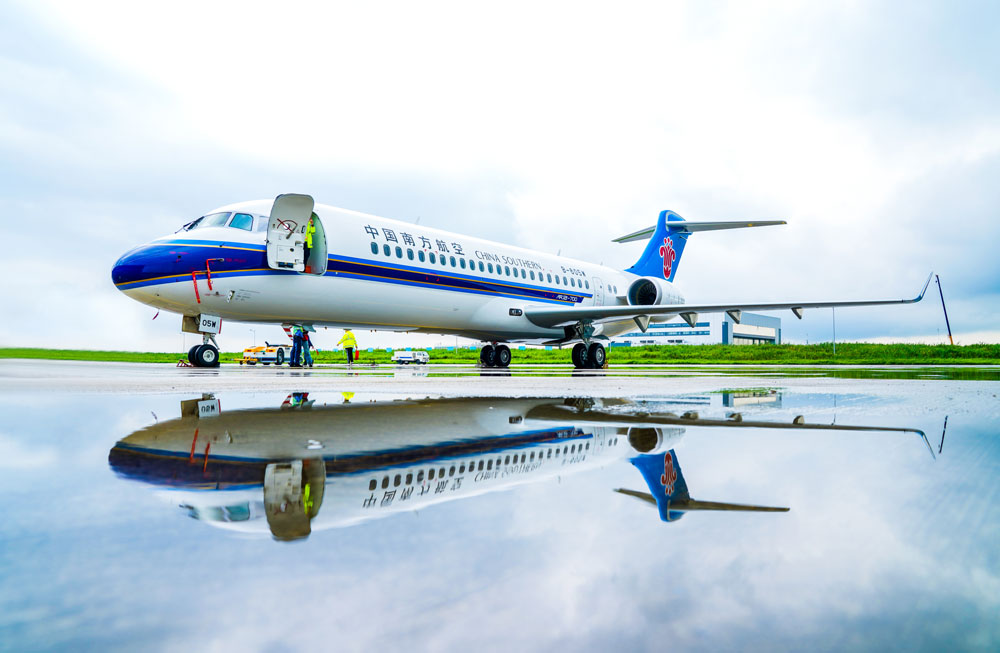
Image via @中国商飞/Weibo
According to COMAC, the announcement this summer “marked the official entry of ARJ21 aircraft into the fleets of international mainstream airlines.”
But as COMAC slowly increases market share in the domestic market, how far away is it from achieving its global aviation goals?
Elephants in the Room
Global commercial air travel has long been run by a duopoly, with US-based Boeing and European Airbus accounting for 99% of the large commercial plane orders, as cited by CNBC. The two powerhouse plane makers have been around since 1916 and 1969, respectively, and have continually staved off competitors for decades.
COMAC is very much a little player in a big sky, with around 600 total orders of its regional jet and over 800 of its large aircraft, the C919, according to their official website. Meanwhile, Airbus and Boeing have added orders for more than 20,000 jetliners over the past decade, servicing the biggest airliners in each continent.
The large majority of COMAC aircraft orders have been made by Chinese airlines and have yet to be delivered. The C919, which is still in its testing phase, is at least five years behind schedule as test flights have been restricted by various technical difficulties, according to Reuters.
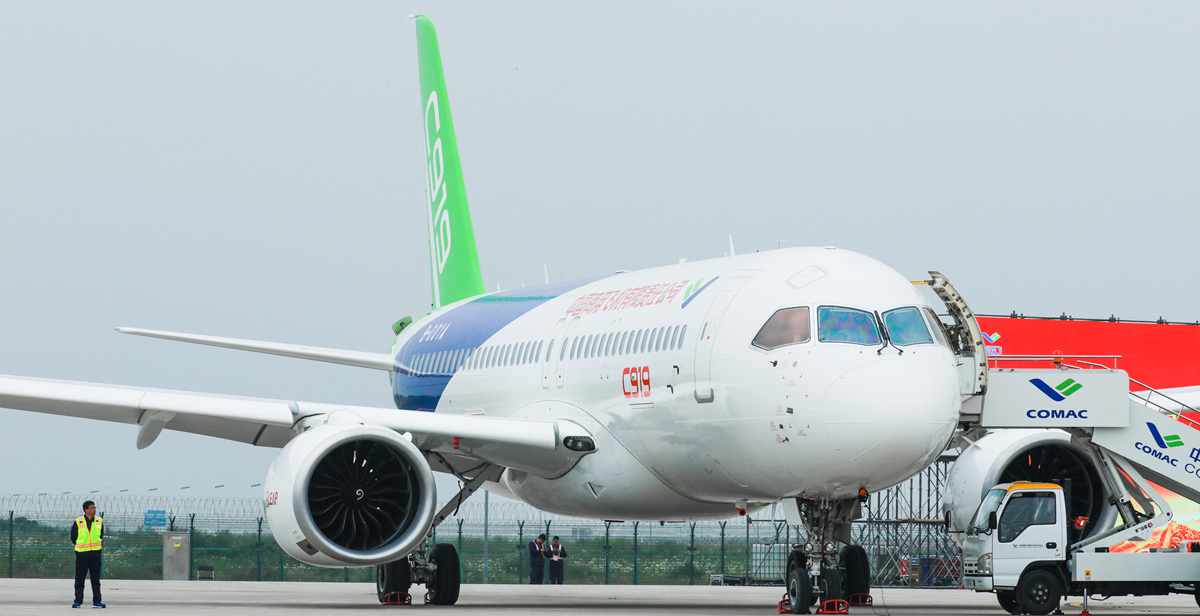
Image via COMAC
While the ARJ21 is COMAC’s only aircraft currently in commercial operation, it’s certainly not viewed as a viable threat. Designed with up to 90 seats and a range of 3,700 kilometers, the aircraft only serves regional routes from China’s transportation hubs to smaller cities.
Red Runway
But given COMAC’s unique position and the government encouraging the development of China-made aircraft, the company has made deliveries to China’s biggest air carriers.
In July, China Southern Airlines put its first ARJ21 aircraft into service on an air route linking Guangzhou and Jieyang, a city in eastern Guangdong province. Air China has followed suit, celebrating its maiden ARJ21 flight from the capital city to Xilinhot in Inner Mongolia the same month as well.
News of more ARJ21 deliveries is an encouraging sign for the company as their bigger aircraft struggle in development. According to Reuters, COMAC has been developing the C919 since 2008 and is slated to be certified and begin deliveries in 2021, as per COMAC officials. That’s about the same trajectory as the ARJ21 took to completion – a roughly 14-year timeline from development to commercial operation.
Designed to compete with the Boeing and Airbus large single-aisle aircraft, C919 could also be certified for commercial use at a considerably inopportune time with demand for commercial planes expected to fade this year.
The reduced demand would cause planes debuting over the next couple years to miss out on orders, but given COMAC’s position as a state-owned enterprise, the company is likely to still secure orders with Chinese airliners.
“The Airbus-Boeing duopoly isn’t likely to last forever. In general, we see China as the next major competitor, though in some 10 to 20 years from now”
Unfortunately for COMAC, the company’s long-range wide body aircraft CR929, the largest among its planes, is undergoing setbacks as well. Aviation news website Simple Flying reported that the joint Sino-Russian venture won’t be ready for delivery until 2028 at the earliest, with the Russian side citing communication problems for the delay. The aircraft had been scheduled to fly in 2025 and begin deliveries in 2027.
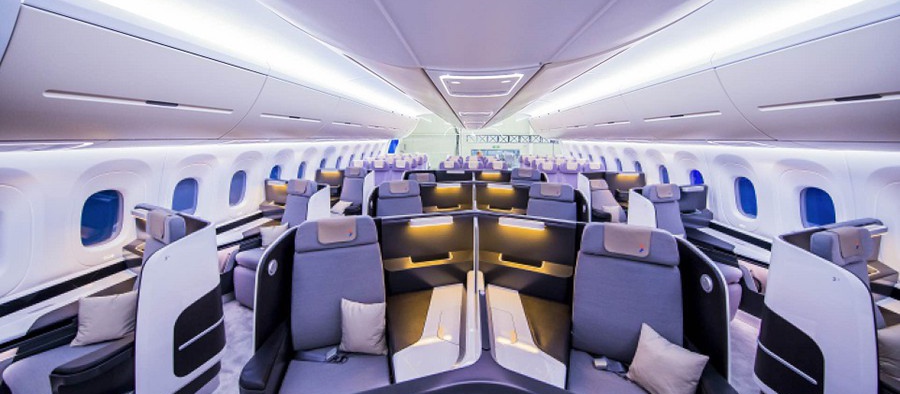
Image via COMAC
Another knock many in the aviation community bring up about COMAC is the company’s reliance on foreign components. According to New York Times, aviation experts say the PRC is able to manufacture most of the individual components for advanced jet aircraft, but integrating different technologies and systems for engines and avionics is the bigger challenge.
COMAC uses an aircraft engine partly produced by US-based General Electric. NYT reported back in February that the Trump administration was considering putting a halt on the sale of this engine to China, however, it appears the notion has since been nixed. But given the tumultuous relationship between the two countries, talks for a future ban could arise down the line.
Despite the turbulence for China’s aircraft manufacturer, its aviation competitors view China’s vested interest in developing their own aircraft as a strong signal for the future. “The Airbus-Boeing duopoly isn’t likely to last forever. In general, we see China as the next major competitor, though in some 10 to 20 years from now,” according to Airbus, as cited by CNBC.
Given China’s massive commercial aviation market and government support, COMAC has potential to compete with Boeing and Airbus one day. However, the time it takes to develop industry-leading aerospace equipment may take much longer than expected.
[Cover image via @中国商飞/Weibo]
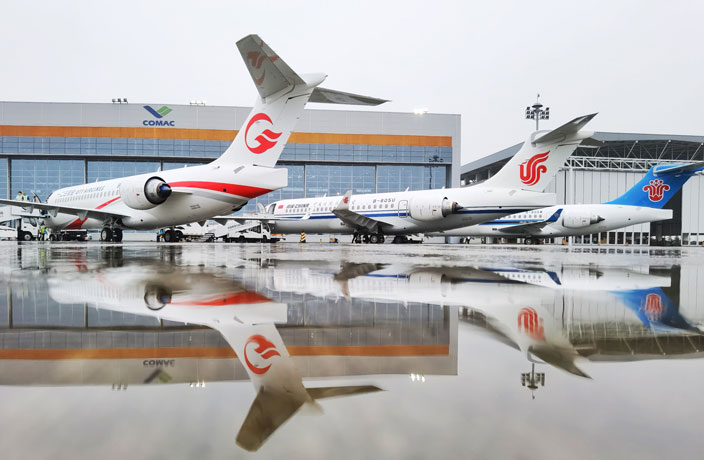






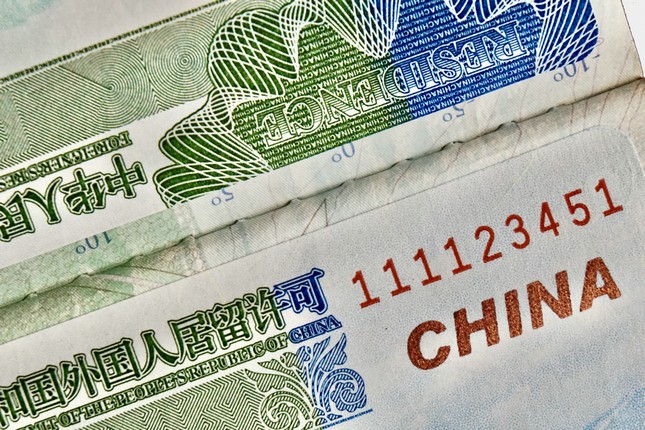













0 User Comments